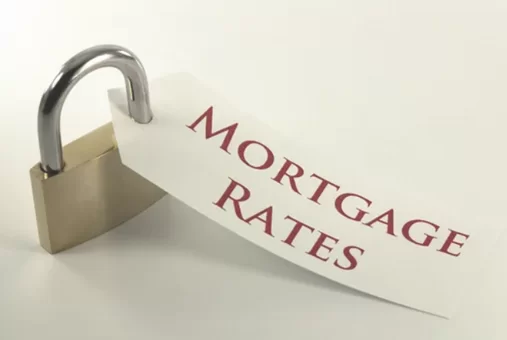For the past few months, one of the “strategies” we’ve been using is to “buy down” the rate. In other words, pay $X amount up front to bring the long-term rate down by Y%.
For example*, a lender may offer the borrower the ability to reduce their interest rate by .25% in exchange for a point, or 1% of the loan amount. So, if a borrower was getting a mortgage for $500,000 with an interest rate of 6.5%, paying $5000 could reduce their interest rate by .25% to 6.25%, or a difference of $81/month. If you were to hold that loan for a full 30 years, you’d be saving $29,160 over the life of the loan.
HOWEVER, to recoup that $5000, it would take roughly 5 years!
For the past 3-6 months, many sellers have been using this as a tool to help byers offset the rising rates, but at this point… consider either using those incentives to cover your closing costs OR to simply reduce the purchase price.
The Benefit: A lower cost basis in the property, a lower purchase price (which sets the tax basis lower), and a lower loan balance when the time comes to refinance at a lower rate.
I know that uncertainty of the general market and economy can be a bit scary when it comes to purchasing a home, but a “stable” market and a “buyers” market really ARE the best times to buy real estate!
If you think about November 2020 through May 2022, there was a frenzy where people were paying WAY over asking price, waiving appraisals, paying title fees, and more.
Fast-forward to Fall 2022, and we’re seeing a more NORMAL market.
Let’s use that example above and we’ll say it’s a $625,000 list price with a $500,000 loan…
During the frenzy:
Purchase price: $687,500 (10% OVER list/appraisal)
Title fees: $3900
Cash for mortgage/title: $191,000
Loan amount: $500,000
Interest rate: 3.5%
Payment: $2245 (principle and interest only)
Tax rate: 2.7% ~ $18,549 per year
Now:
Purchase price: $600,000 (room to negotiate DOWN)
Title fees: Paid by seller
Cash for mortgage/title: $120,000
Loan amount: $480,000
Interest rate: 6.25%
Payment: $2955 (principle and interest only)
Tax rate: 2.7% ~ $16,200 per year

In the second example, you keep $70,000 MORE in the bank AND your tax bill is $2300 less per year, almost $200/month in additional savings to help offset the higher mortgage rate.
If you used all of the money required in scenario #1, you would reduce the mortgage amount to $410,000 and your payments would be $2524/month, a difference of just $279/month. Factor in the taxes and it’s basically a difference of $79/month…
YES, the payment has DEFINITELY increased in both scenarios… But let’s walk this out some more.
All experts point to rates dropping again in the next 1 to 2 years, so if you turn around and refinance your $410,000 at, say 4.5%, your payments then drop to $2,077/month, but you’ve built equity AND have a lower tax liability.
If all this makes your head spin, I totally get it
Give me a call and I can break it down a little more closely on a per property basis and/or loop my go-to lender in so we can run actual scenarios for you!
* The above examples are for illustrative purposes only and do not include all costs, expenses etc. such as closing costs, taxes, insurance, etc. Please consult with a licensed mortgage professional for specific rates for your unique situation.




